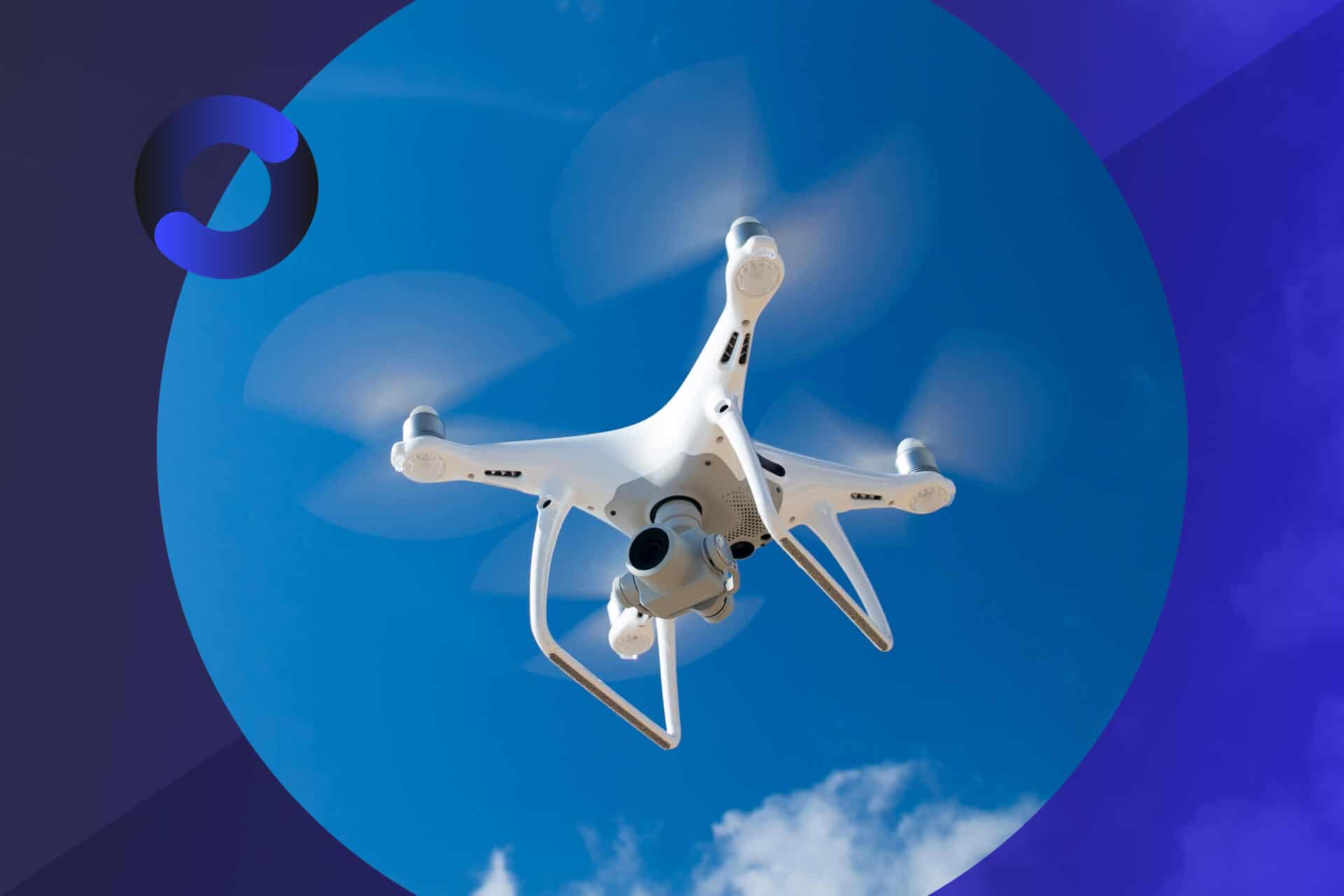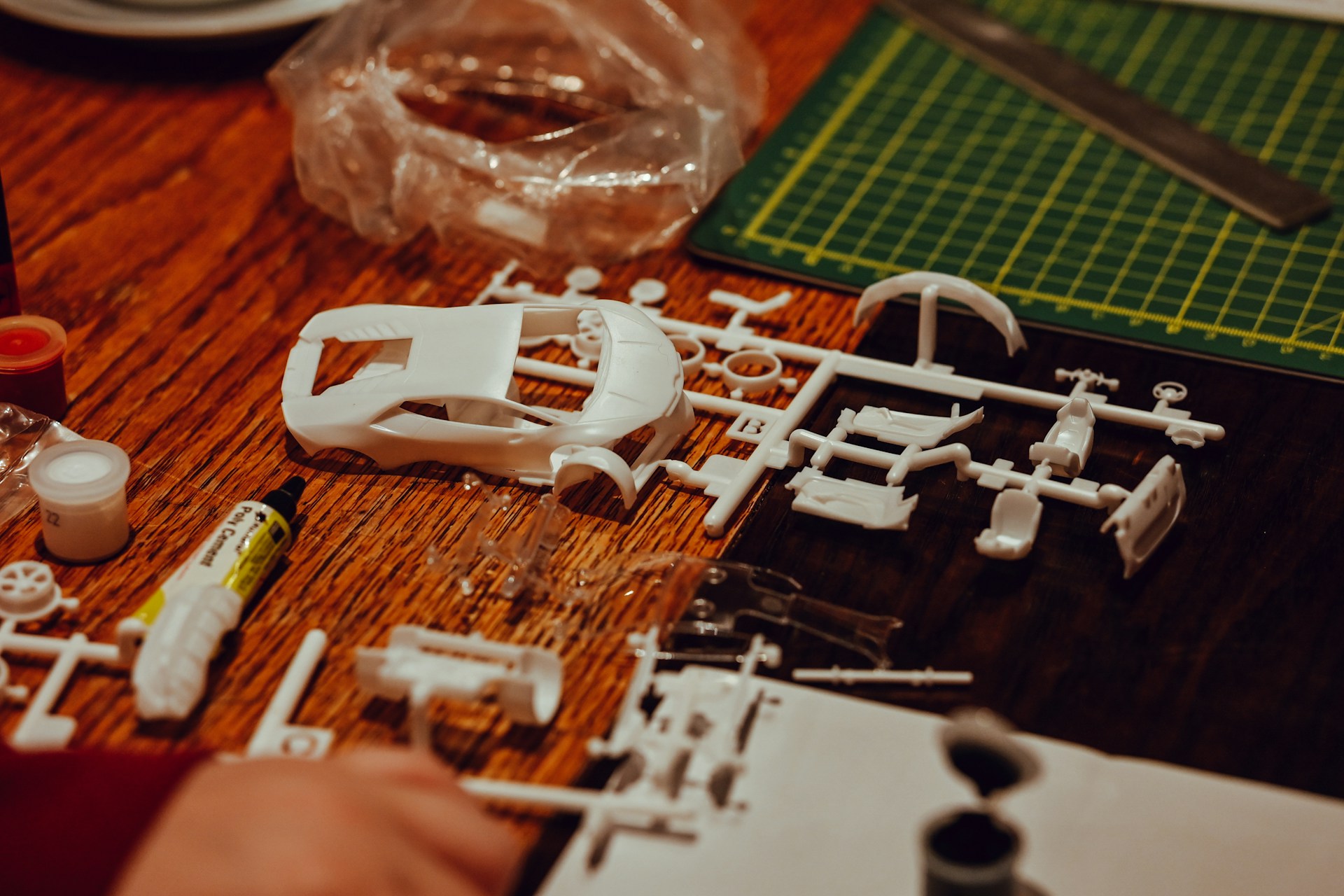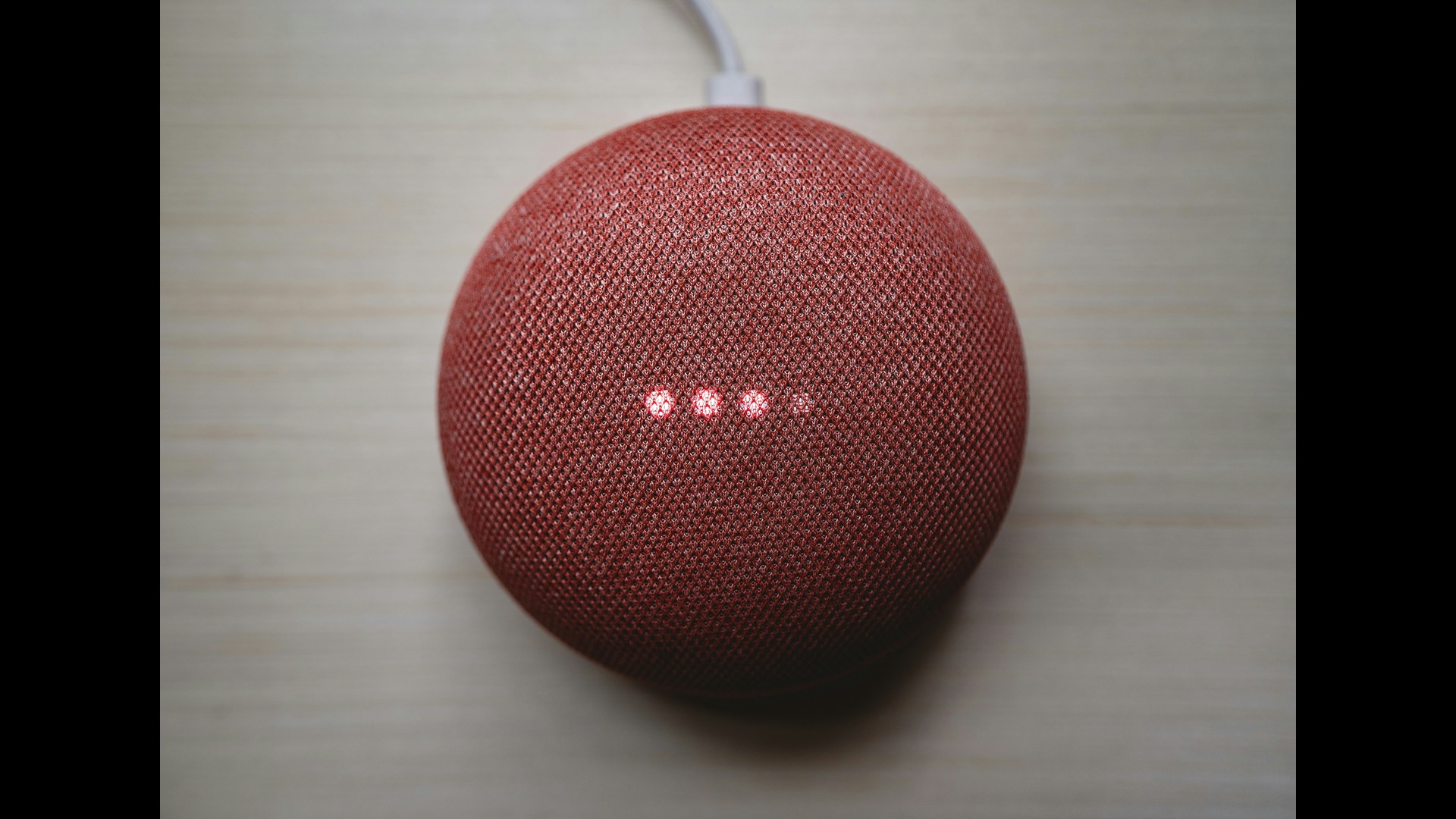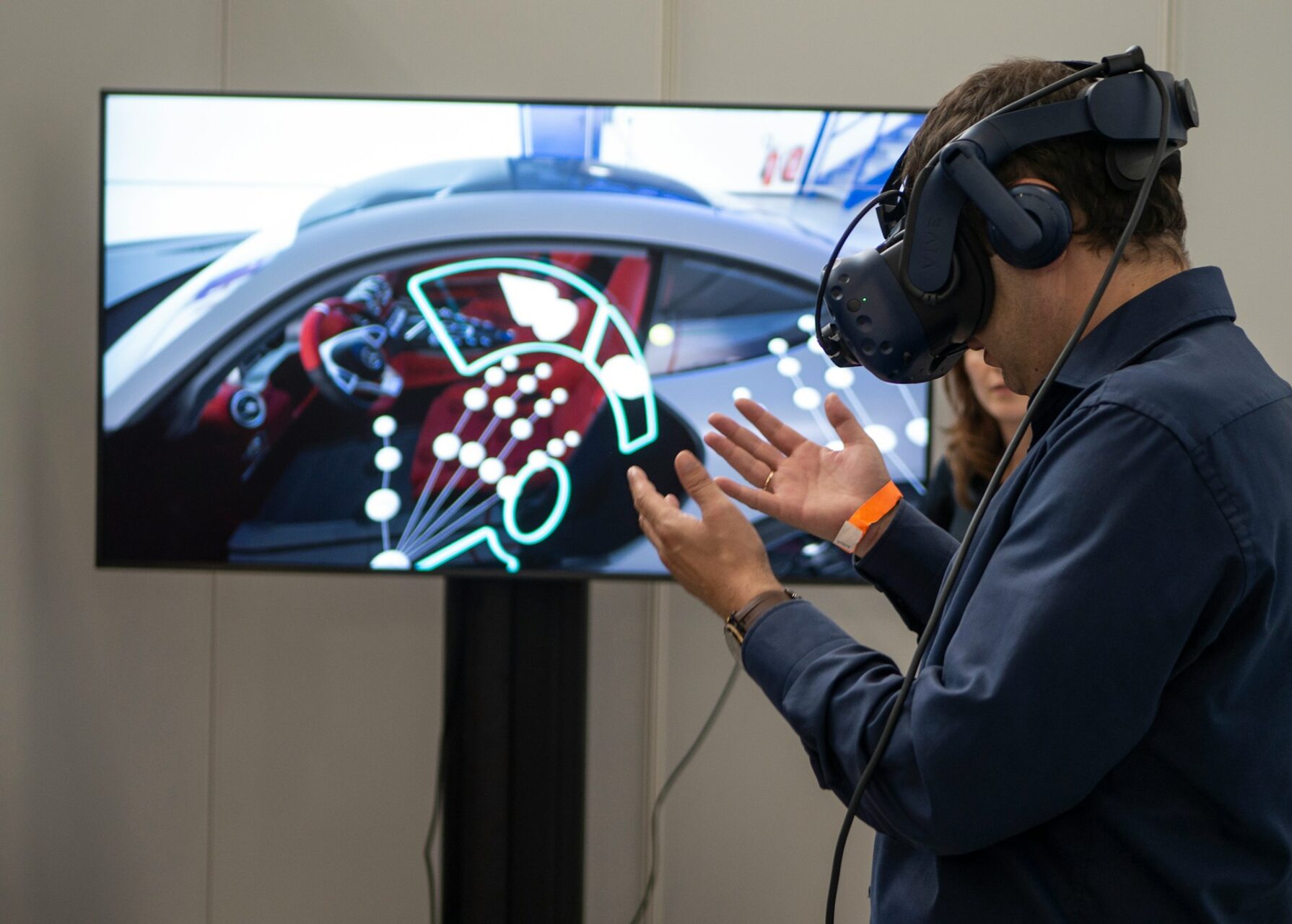
What Exciting Possibilities Lie Ahead for Drone Technology?
August 10, 2016 - Emily Newton
Revolutionized is reader-supported. When you buy through links on our site, we may earn an affiliate commission. Learn more here.
Drone technology is amazing. Drones are small, unmanned aerial vehicles you can control remotely, and sometimes they can operate on their own via AI systems.
Amazon is launching their revolutionary service called Prime Air. The goal is to use drones to deliver up to 5-pound parcels. Packages this size make up about 85 percent or more of Amazon’s total shipments.
The vehicles will fly at up to speeds of 50 miles per hour, allowing Amazon to deliver packages to customers in 30 minutes. Can you imagine buying something online and having it on your doorstep in 30 minutes? That’s crazy!
Even so, there are limitations. These short delivery times will be exclusive to products stored in Amazon’s local fulfillment centers. So, this means that if the product you order isn’t stocked in a nearby facility, you’ll have to wait longer.
Google has taken a page from Amazon’s book and rolled out a secret drone delivery service, as well. Their service, dubbed Project Wing, but it’s still experimental so it will be a while before we see it accessible to consumers.
These innovative services provide context as to just how impressive drone technology is.
This technology will benefit everyone, not just government and military organizations. For example, you can go to a store right now and pick up a drone for yourself. Drones range from cheap and entertainment oriented, to more expensive and practical. The price point will depend on how you intend to fly your drone. Cheaper, light weight drones are typically used by novices looking to get into the hobby, while photographers often look for drones with better cameras, and racers look for speed and engine power. As a result, the will likely have to spend more.
What kind of benefits will drone technology offer? What about the problems that will arise from this new technology? We’re going to take a look at both viewpoints and discuss them in further detail.
What Benefits Will the Average Citizen See?
The implications for this technology are seemingly infinite. Drones can be used in the construction industry to surveil or map building projects. They can be used by photographers to get aerial – and surreal – shots of the countryside. Homeowners can take their drones to the sky as a hobby! And to think these are merely a handful of possible scenarios.
People can even use drones in place of climbing to get a bird’s eye view of a project or property. Imagine emergency services flying a drone that can spot people in trouble nearby. They can do this from a central hub or mobile vehicle, saving time and saving lives.
There are many possibilities, and the benefits are numerous.
Many drones come equipped with a camera – usually high-def – batteries for extended use, and remote controls. Some include storage capabilities to transport items great distances.
Not to mention, they are extremely accessible and easy to use. Anyone can walk into a store and purchase a drone, charge it up, and take to the skies. Some include a proprietary controller or remote system, while others allow you to control the device with a smartphone or tablet.
As is likely for Amazon and Google’s drones, some can fly autonomously. Like self-driving cars, drones can use a combo of sensors and computer systems to fly without input. Don’t worry; it’s unlikely we’ll see a Terminator-style takeover, at least not yet. Modern drones are akin to TARS or CASE from 2014’s Interstellar, forming a “bromance” or secure bond with humans.No, we’re not suggesting drones will directly become our friends. The drones we’re talking about will be dependent on operators and technicians who maintain the systems that drive them.
Even the most basic drones without advanced AI support include a variety of helpful hardware components. You can take pictures, capture video, survey the nearby area, climb to extreme heights, and much more. If you fancy yourself a skilled pilot you can even take part in drone races!
We’re not exaggerating when we say the possibilities are endless.
What Problems Will Arise from the Widespread Use of Drone Technology?
However, it’s not all fun and games, as drone technology does introduce a lengthy list of problems and concerns.
There’s the matter of privacy and security, both to individuals and government agencies. It’s easy to see why privately owned drones flying willy-nilly through the skies capturing photos and videos are a concern. It’s not just about the fact they will be rampant in no-fly and restricted airspace. Imagine if your neighbor has a drone aimed at your property and can see through your windows? How comfortable does that make you?
Another issue people have is that they’re noisy. Some drones can make a lot of noise while flying about and if someone is outside at an unruly hour this could cause a whole new set of problems.
What happens if a drone crashes or lands on your property and damages something? Now, we’re getting into “what if” scenarios that may never come to pass, but it’s still a valid question especially for home and property owners.
Since the technology is new, regulations and restrictions for its use are lacking. Nothing is stopping your neighbor from flying a drone around the neighborhood, spying. It’s unethical, and law enforcement may be willing to get involved, but there aren’t many laws that address misuse of the technology.
A similar device, the model airplane, is safe to fly and has few regulations related to the hobby, yet the FAA discouraged the use of drones commercially since the early 2000’s.
Does that mean you should be scared of it? Absolutely not, but as with all forms of tech you should educate yourself and your loved ones, and stay aware of these potential problems. You can’t have the good without the bad, unfortunately, so just mind all possibilities.
Revolutionized is reader-supported. When you buy through links on our site, we may earn an affiliate commission. Learn more here.
Author
Emily Newton
Emily Newton is a technology and industrial journalist and the Editor in Chief of Revolutionized. She manages the sites publishing schedule, SEO optimization and content strategy. Emily enjoys writing and researching articles about how technology is changing every industry. When she isn't working, Emily enjoys playing video games or curling up with a good book.








A drone, in technological terms, is an unmanned aircraft. Drones are more formally known as unmanned aerial vehicles (UAVs) or unmanned aircraft systems (UASes). Essentially, a drone is a flying robot that can be remotely controlled or fly autonomously through software-controlled flight plans in their embedded systems working in conjunction with onboard sensors and GPS.
Thanks for helping me learn more about drone technology. It’s kind of cool to think that drones could be used in emergency situations to spot people who are in trouble. This sounds like it could be very useful especially if it helps emergency personnel to act quickly.